Category Native minerals Crystal habit Polycrystalline | Formula(repeating unit) C | |
 | ||
Formula mass 7001120100000000000♠12.01 u Color Typically black, can be grey, various shades of green and brown sometimes mottled. | ||
1 250hp twin turbo mansory carbonado aventador loud start up and driving
Carbonado, commonly known as the "black diamond", is the toughest form of natural diamond. It is an impure form of polycrystalline diamond consisting of diamond, graphite, and amorphous carbon. It is found primarily in alluvial deposits in the Central African Republic and in Brazil. Its natural colour is black or dark grey, and it is more porous than other diamonds.
Contents
- 1 250hp twin turbo mansory carbonado aventador loud start up and driving
- The carbonaro effect meditation levitation revealed
- Unusual properties
- Theories on origin
- Extraterrestrial origin hypothesis
- References
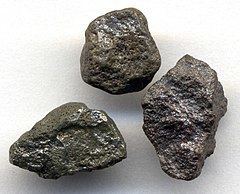
The carbonaro effect meditation levitation revealed
Unusual properties
The characteristics of carbonado noted in this section are based mainly on the summary of Heaney et al. (2005), unless otherwise noted.
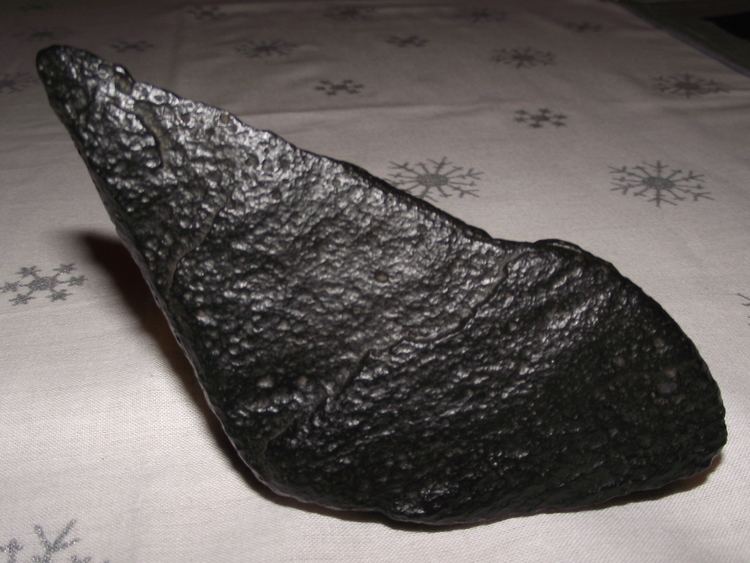
Carbonado diamonds are typically pea-sized or larger porous aggregates of many tiny black crystals. The most characteristic carbonados have been found only in the Central African Republic and in Brazil, in neither place associated with kimberlite, the source of typical gem diamonds. Lead isotope analyses have been interpreted as documenting crystallization of carbonados about 3 billion years ago. The carbonados are found in younger sedimentary rocks.
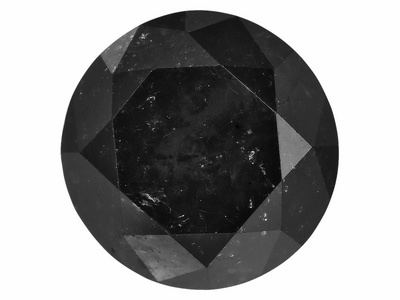
Mineral grains included within diamonds have been studied extensively for clues to diamond origin. Some typical diamonds contain inclusions of common mantle minerals such as pyrope and forsterite, but such mantle minerals have not been observed in carbonado. In contrast, some carbonados do contain inclusions of minerals characteristic of the Earth’s crust: these inclusions do not necessarily establish formation of the diamonds in the crust, however, because while these obvious crustal inclusions occur in the pores that are common in carbonados, they may have been introduced after carbonado formation. Inclusions of other minerals, rare or nearly absent in the Earth’s crust, are found at least partly incorporated in diamond, not just in pores: among such other minerals are those with compositions of Si, SiC, and Fe‑Ni. No distinctive high-pressure minerals, including the hexagonal carbon polymorph, lonsdaleite, have been found as inclusions in carbonados, although such inclusions might be expected if carbonados formed by meteorite impact.
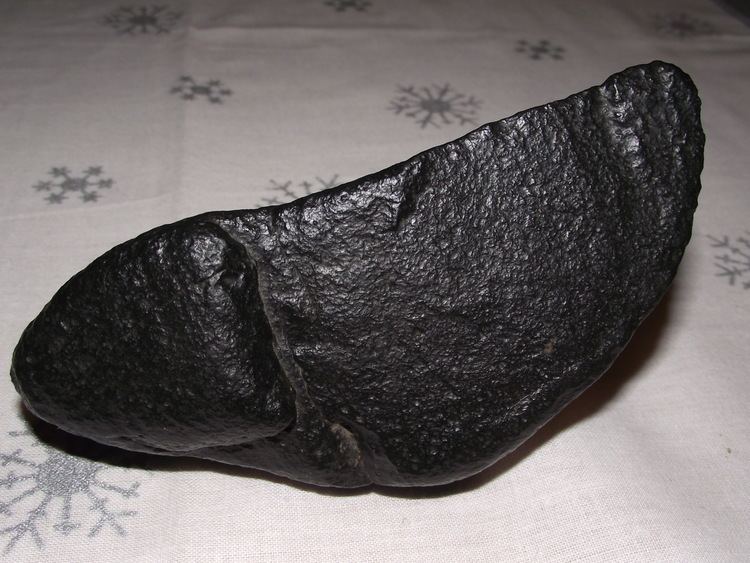
Isotope studies have yielded further clues to carbonado genesis. The carbon isotope value is very low (little carbon‑13 compared to carbon‑12, relative to typical diamonds).
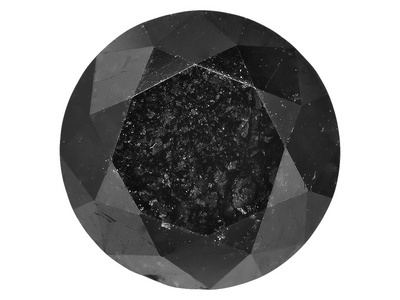
Carbonado exhibits strong luminescence (photoluminescence and cathodoluminescence) induced by nitrogen and by vacancies existing in the crystal lattice. Luminescence halos are present around radioactive inclusions, and it is suggested that the radiation damage occurred after formation of the carbonados, an observation perhaps pertinent to the radiation hypothesis listed below.
Theories on origin
The origin of carbonado is controversial. Some proposed hypotheses are as follows:
- Direct conversion of organic carbon under high-pressure conditions in the Earth's interior, the most common hypothesis for diamond formation
- Shock metamorphism induced by meteoritic impact at the Earth's surface
- Radiation-induced diamond formation by spontaneous fission of uranium and thorium
- Formation inside an earlier-generation giant star in our area, that long ago exploded in a supernova.
- An origin in interstellar space, due to the impact of an asteroid, rather than being thrown from within an exploding star.
None of these hypotheses for carbonado formation had come into wide acceptance in the scientific literature by 2008.
Extraterrestrial origin hypothesis
Supporters of an extraterrestrial origin of carbonados, such as Stephen Haggerty, a geoscientist from Florida International University, propose that their material source was a supernova which occurred at least 3.8 billion years ago. After coalescing and drifting through outer space for about one and a half billion years, a large mass fell to earth as a meteorite approximately 2.3 billion years ago. It possibly fragmented during entry into the Earth's atmosphere and impacted in a region which would much later split into Brazil and the Central African Republic, the only two known locations of carbonado deposits.
